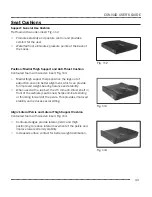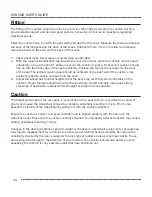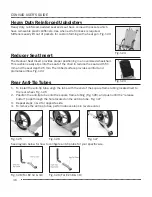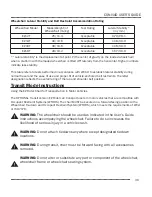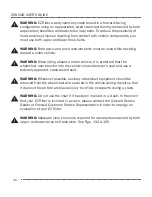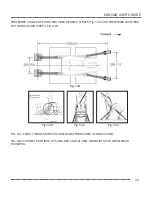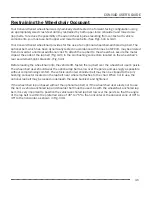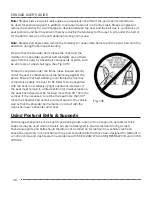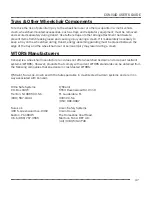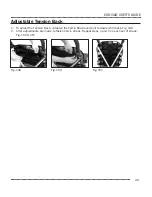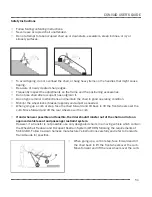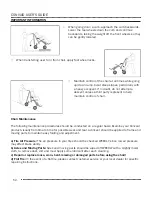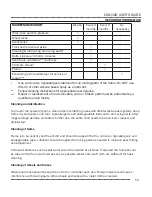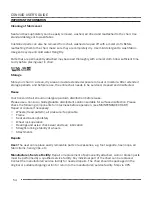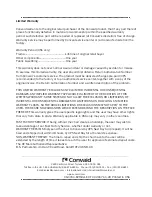
45
CONVAID USER’S GUIDE
Restraining the Wheelchair Occupant
Your Convaid transit wheelchair was dynamically crash tested in a forward-facing configuration using
an appropriately sized crash-test dummy restrained by both upper-torso (shoulder) and lower-torso
(lap) belts. To reduce the possibility of head and chest injuries resulting from contact with vehicle
components, you must use both upper and lower torso belts. (See Figs. 141 & 142)
Your Convaid transit wheelchair provides for the use of an optional wheelchair-anchored lap belt. The
optional belt, which has been dynamically tested in accordance with Annex A of WC19, may be ordered
from Convaid at a nominal additional cost. To attach the lap belt to the wheelchair, secure the metal
clips at the ends of the lap belt (Fig. 143) to the pin/bushing connectors located on the wheelchair’s
rear securement-point brackets. (Fig. 144)
Before loading the wheelchair onto the vehicle lift, fasten the lap belt over the wheelchair user’s pelvis.
The wheelchair user should wear the optional lap belt as low over the pelvis and as snugly as possible
without compromising comfort. The vehicle-anchored shoulder belt may then be clipped to the pin/
bushing connector located on the lap belt near where it attaches to the chair. When not in use, the
optional lap belt may be looped underneath the seat, buckled, and tightened.
If the wheelchair is purchased without the optional lap belt or if the wheelchair user elects not to use
the belt, a vehicle-anchored lap and shoulder belt must be used. As with the wheelchair-anchored lap
belt, it is very important to position the vehicle-anchored lap belt low over the pelvis so that the angle
of the lap belt is within the preferred zone of 45º to 75º to the horizontal or the optional zone of 30º to
45º to the horizontal, as shown in Fig. 139.



